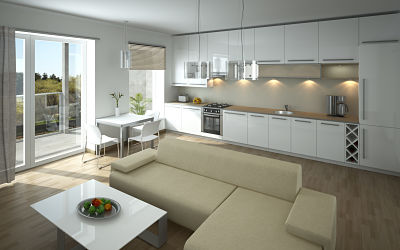Have you ever taken a tally of how many people it takes to build your dream home? There are a lot to engage with, right? Builders, plumbers, tilers, electricians, landscape architects, window and glass fitters… the list is endless.
If you’re building your dream home, you wouldn’t have anything less than the best of these, would you? Which in turn means you wouldn’t want anything less than the best in lighting design. That’s why we have put together this guide on how to find the best lighting designer for your project.
What do Lighting Designers do?
 Lighting Designers conceptualise and plan lighting designs for a wide range of industries. In terms of residential design, they are able to take a client’s vision for their home and bring it to life. Through the use of both natural and artificial light, a lighting designer can create ambience, project a mood throughout a room and create an aesthetically pleasing space.
Lighting Designers conceptualise and plan lighting designs for a wide range of industries. In terms of residential design, they are able to take a client’s vision for their home and bring it to life. Through the use of both natural and artificial light, a lighting designer can create ambience, project a mood throughout a room and create an aesthetically pleasing space.
Using a lighting designer will reap dividends in the future. Lighting is a continuously changing landscape that can be very difficult to understand if you are not well informed. A lighting designer is beneficial to any project as they are equipped with a complete understanding of industry standards, energy-efficient product choices and the local energy and lighting requirements of building regulations.
Knowledge is power – What should you look for in a Lighting Designer?
Qualifications really only need to remain a starting point. One of the fundamental things to look for in a lighting designer is that they are specialised in an area that fits with your needs. Seems obvious, right? You might think that all designers are equally knowledgable, however, a Lighting Designer working in the residential design field will have an understanding of the specifics involved in your State’s residential building standards and regulations, that another designer might not be aware of.
Where does a Lighting Designer fit in the construction process?
The best time to hire a Lighting Designer? Yesterday. Failing that, now – click here to drop us a note. Understandably, there’s a lot going on at the beginning of the construction process, however, the later in the process you leave it to bring in a Lighting Designer, the less options that are available. This means the result you’re trying to achieve will either be more expensive or unattainable.
The building process often requires a collaborative approach between the architect, interior designer and lighting designer. Therefore, the sooner communication begins, the more smooth the process for all involved. While it is possible to source a designer directly, your lighting or electrical suppliers often have an in-house team that can help you with all of your lighting design needs.
Vision is vital – How do I brief my Lighting Designer?
- Overall vision – Often the Lighting Designer will start with a floor plan complete with furniture layout. This allows them to gather as much detail as possible about the architecture and design elements of the home. While this can be communicated via architects and interior designers, however it ultimately comes down to you, the homeowner, to express your ideas about the design aesthetics and feel of the home.
- Practical needs – Ensure your Lighting Designer understands your specific practical needs. For example, young families might make use of low-level lighting for night lights, those working from home might require extra lighting in a study and older clients might need extra lighting in their every day life.
Having the right Lighting Designer for your project is key in communicating your ideas and bringing your vision to life.
Of course, if you would like any advice on Lighting Design or Electrical and Trade services, we’d be delighted to help. You can give us a call on 1300 045 103 or request a quote.